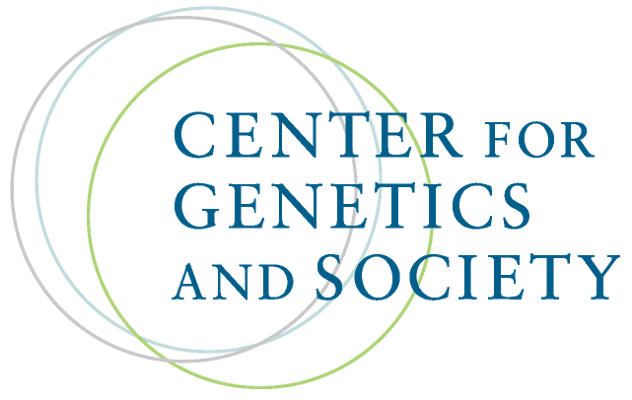CGS-authored
NOW THAT California taxpayers know that the $3 billion ($6 billion with debt service) that they voted in 2004 to spend on stem-cell research may possibly be an outright grant of money for research rather than an investment, does it make a difference?
Does it matter that Robert Klein, the author and chief promoter of Proposition 71, knew while he was promising the voters a return on their investment that the state might be forbidden to collect royalties from the biomedical research it invests in because of an arcane federal tax law?
What was voters' intent in approving a plan to invest in a promising but financially risky new technology that may someday cure disease and save lives? Were they counting on a financial return, a new industry or promises of cures? And did they assume that they would be affordable to the majority of Californians?
It's important to know the answers to these, and other questions, before the California Institute of Regenerative Medicine, the agency created by the 2004 stem-cell initiative, begins awarding grants of taxpayer funds. Why? Because...



